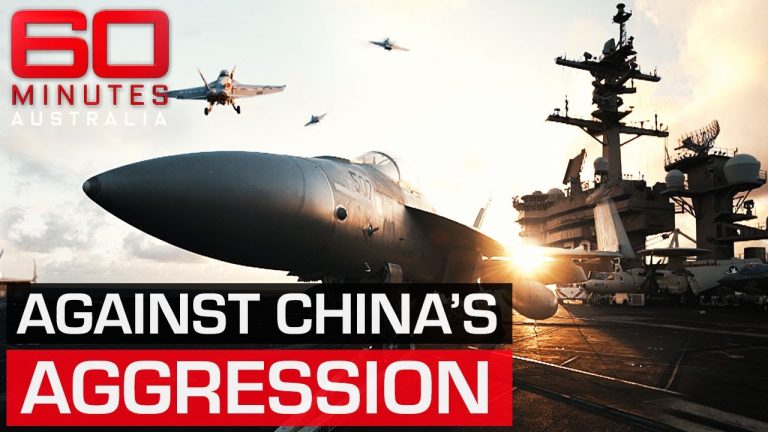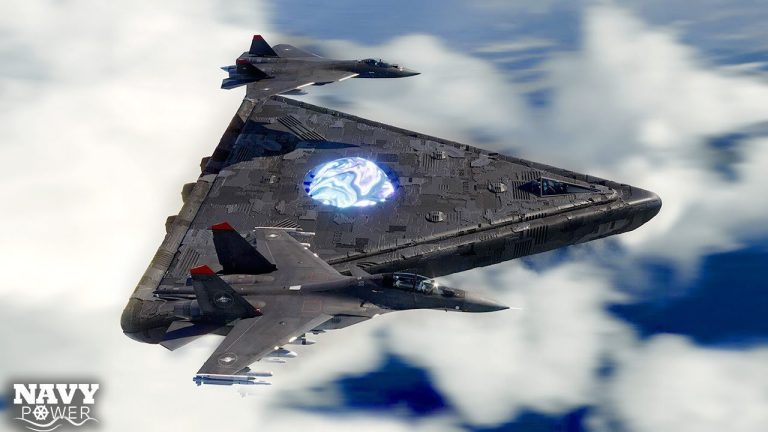The United States military stands as one of the largest and most formidable armed forces in the world, with a staggering 1.3 million active personnel. This positions it among the top three or four largest military forces globally, trailing only behind China and India, whose populations are approximately three times larger than that of the U.S. China boasts around 2.03 million active military personnel, while India has approximately 1.45 million. In comparison, the U.S., with a population of about 336 million, exhibits a notably higher militarization ratio, nearly tripling the ratio of active personnel relative to its total population.

The sheer scale of the U.S. military extends beyond personnel numbers; it also encompasses its substantial financial commitment to defense. The U.S. military accounts for an astonishing 40% of global military spending, significantly outpacing the combined expenditures of the next five largest military spenders—China, Russia, India, the United Kingdom, and Saudi Arabia. This financial dominance is indicative of the U.S. economy’s vast resources and capabilities, with the 2024 military budget projected at around $900 billion. This expenditure reflects only 3.4% of the U.S. GDP, ranking it ninth globally, a decrease from historical peaks during conflicts like the Vietnam War.
The operational structure of the U.S. military is composed of six branches: the Army, Air Force, Navy, Marine Corps, Coast Guard, and the newest addition, the Space Force. The Army, with about 450,000 active personnel, remains the largest contingent, supported by the Army National Guard and Army Reserve, which add hundreds of thousands more troops for emergency deployment. The Army’s primary mission is to secure land dominance, equipped with advanced technologies and an extensive arsenal, including 4,600 M1 Abrams tanks, renowned for their effectiveness in modern warfare.
The U.S. Air Force, comprising roughly 690,000 personnel, operates over 5,200 aircraft, including advanced fighter jets like the F-22 and F-35, which maintain air superiority against global counterparts. The Navy follows closely with around 335,000 personnel and holds the title of the largest navy by tonnage, commanding a fleet that includes 11 aircraft carriers. This naval power enables the U.S. to project force across the globe, particularly in strategic regions like the Indian and Pacific Oceans, where it counters Chinese military ambitions.
Meanwhile, the Marine Corps, with around 180,000 active personnel, is evolving to adapt to modern warfare dynamics, focusing on littoral combat and area denial strategies. The introduction of advanced missile systems aims to enhance their effectiveness against naval threats, particularly in the context of rising tensions with China.
The U.S. military’s technological edge extends to space operations as well, with the establishment of the Space Force, which oversees a significant portion of military satellites crucial for reconnaissance and communications. Currently, the Space Force is the smallest branch, yet it plays a vital role in ensuring the U.S. remains at the forefront of military advancements in space.
Despite the impressive figures, the U.S. military is facing challenges in recruitment, with a notable decline in new enlistments over the past decades. This decline has sparked concerns about the sustainability of personnel levels, particularly as the country has not implemented a draft since 1973. The military is adapting by increasingly relying on technology and unmanned systems to maintain its operational effectiveness, indicating a shift in focus from sheer numbers to advanced capabilities.
As the U.S. military navigates a complex global landscape characterized by evolving threats and alliances, it remains committed to modernizing its forces and leveraging technological advancements to ensure its dominance. The ongoing development of new tactics and strategies reflects a military that is not only massive but also responsive to the changing dynamics of global security. The future of the U.S. military will likely hinge on its ability to balance personnel needs with technological innovation, all while maintaining strong alliances with other powerful nations.






